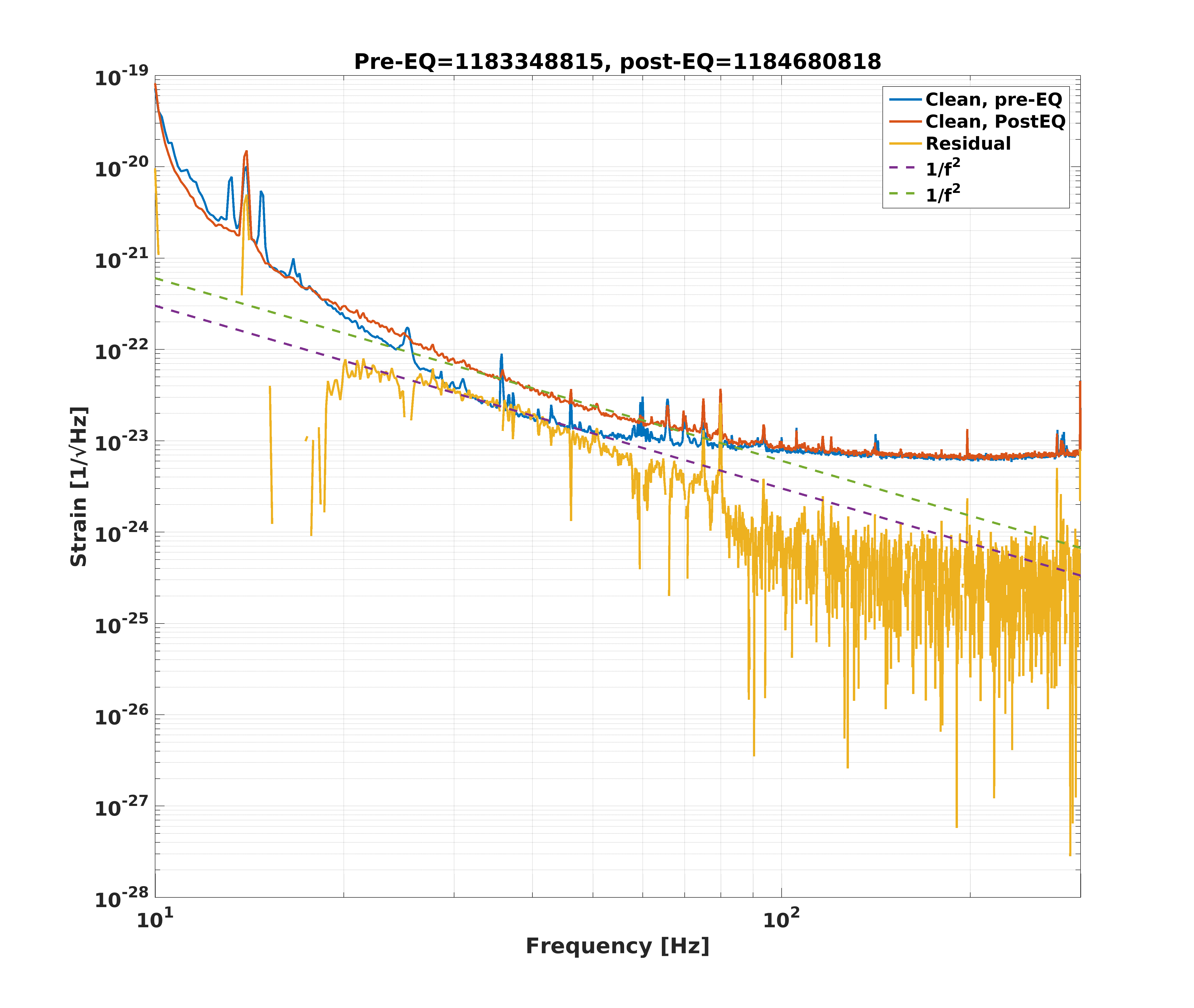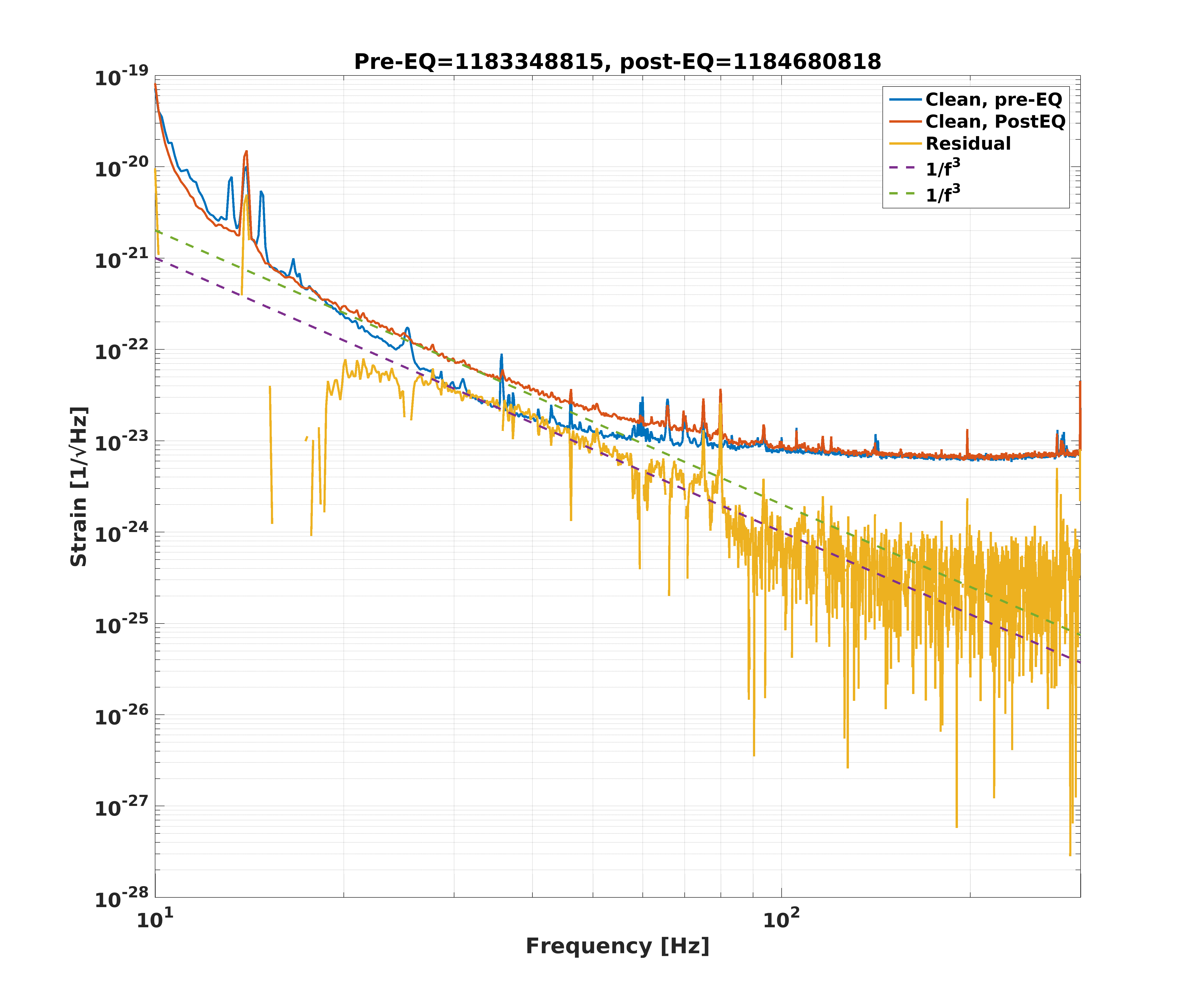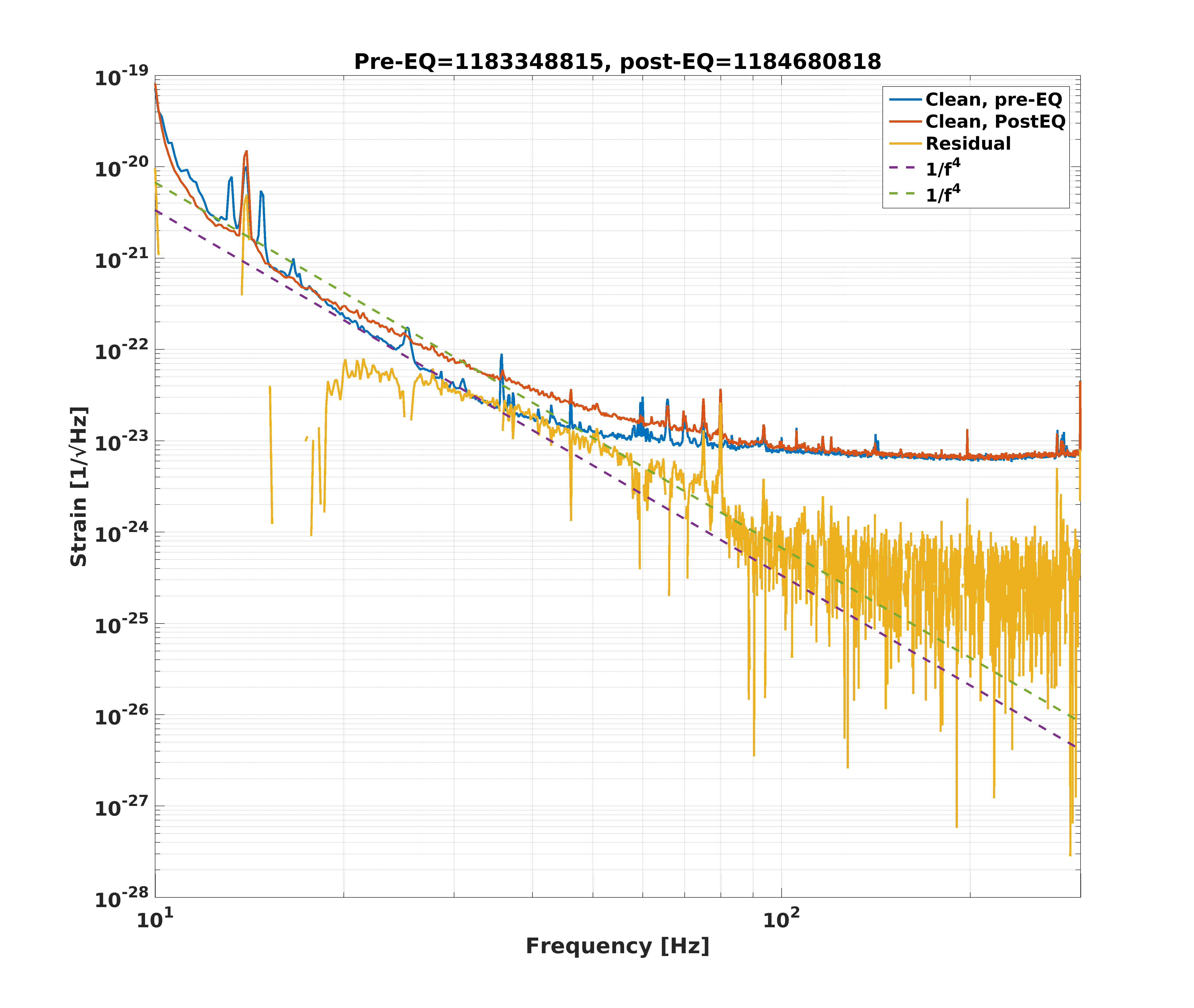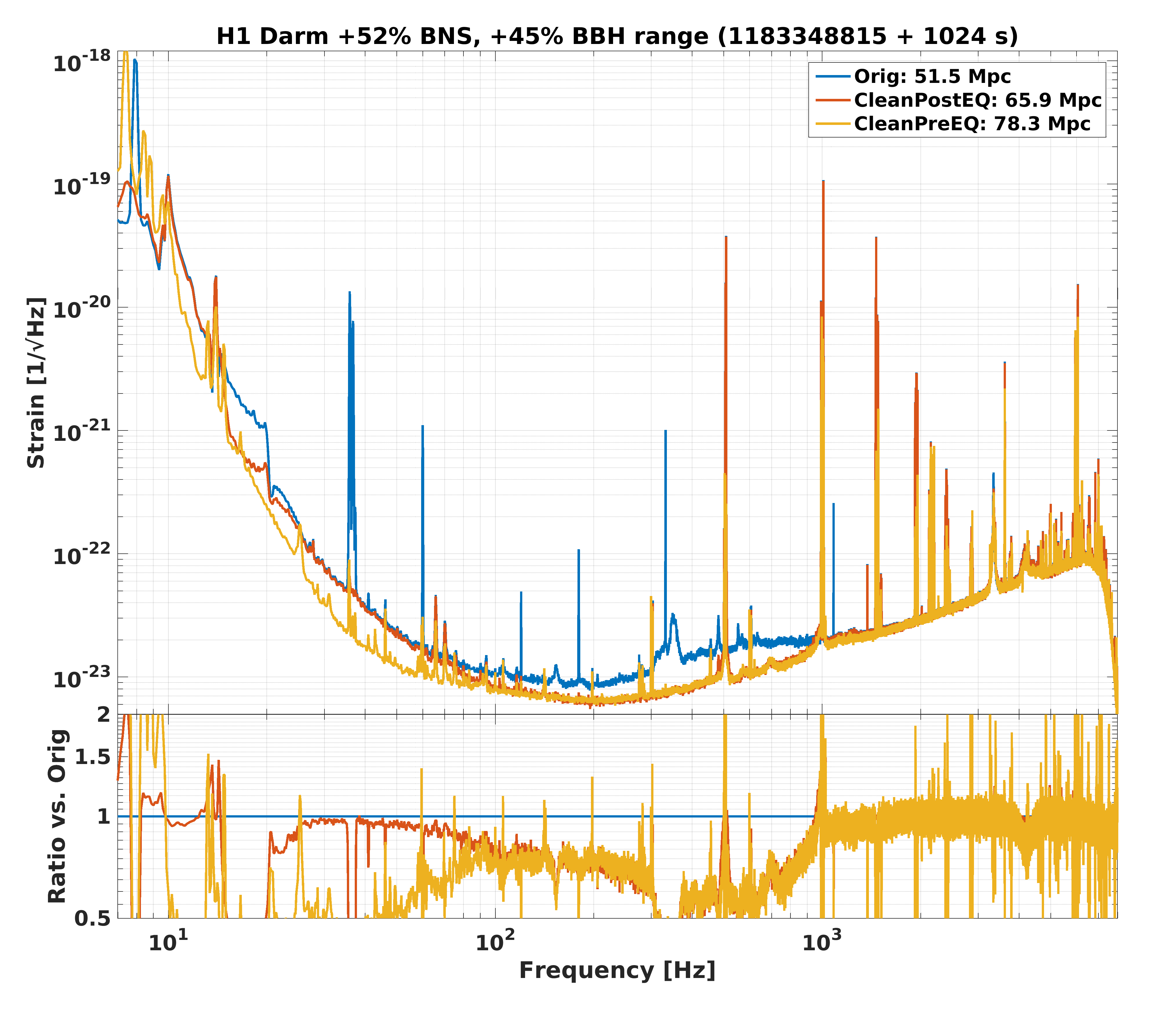[provisional] compilation of space weather and Solar data surrounding N=6 LIGO triggers from August 29, 2017 UTC to August 23, 2017 UTC, which includes all N=4 dredged events released December, 2018 found in GWTC-1: A Gravitational-Wave Transient Catalog of Compact Binary Mergers Observed by LIGO and Virgo during the First and Second Observing Runs
[click images to enlarge]
Coronal holes during N=6 LIGO GW triggers, from GW170729 to GW170823:
Sunspot counts and changes in count, with descriptive statistics, surrounding N=11 LIGO events






GOES X-ray flux data [https://www.swpc.noaa.gov/products/goes-x-ray-flux] around N=6 LIGO GW triggers, from GW170729 to GW170823






X-ray flare activity during N=6 LIGO GW triggers, from GW170729 to GW170823, with uncanny exact correlations in sunspot number and changes in number
Solar wind Z-component (red indicates substorm-active phases) during N=6 LIGO GW triggers, from GW170729 to GW170823
https://www.spaceweatherlive.com/en/archive












[click images to enlarge]
Coronal holes during N=6 LIGO GW triggers, from GW170729 to GW170823:
Sunspot counts and changes in count, with descriptive statistics, surrounding N=11 LIGO events






GOES X-ray flux data [https://www.swpc.noaa.gov/products/goes-x-ray-flux] around N=6 LIGO GW triggers, from GW170729 to GW170823






X-ray flare activity during N=6 LIGO GW triggers, from GW170729 to GW170823, with uncanny exact correlations in sunspot number and changes in number
Solar wind Z-component (red indicates substorm-active phases) during N=6 LIGO GW triggers, from GW170729 to GW170823
https://www.spaceweatherlive.com/en/archive






Speed of solar wind during N=6 LIGO GW triggers, from GW170729 to GW170823






Density of Solar wind during N=6 LIGO GW triggers, from GW170729 to GW170823
For O3, LIGO relaxed discovery criteria to include events that have a false alarm rate of >1 event/30 days. Magnetospheric sawtooth events [MSEs] occur on average once every 33 days (11 MSEs/yr; LIGO O1-O2 N=11 events for almost exactly 1 yr. quality data).
SNR<8 threshold is accepted for network candidates that have single detector triggers increased H1-L1 max. lag to 15 ms (~0.67 c), which is the default central tendency remnant spin rate found to be degenerate with other parameters, such as polarization, and is itself a measure of signal velocity that, if relaxed as such, implies that LIGO triggers commonly are accompanied by the effect of system feedback from GPS lock/clock reference errors, time code signal mismatch, indistinguishable signal/phase coherence in noise and lags between station datastream time codes, and further data quality issues.




Strength of interplanetary magnetic field (BT component of IMF) during N=6 LIGO GW triggers, from GW170729 to GW170823
For O3, LIGO relaxed discovery criteria to include events that have a false alarm rate of >1 event/30 days. Magnetospheric sawtooth events [MSEs] occur on average once every 33 days (11 MSEs/yr; LIGO O1-O2 N=11 events for almost exactly 1 yr. quality data).
SNR<8 threshold is accepted for network candidates that have single detector triggers increased H1-L1 max. lag to 15 ms (~0.67 c), which is the default central tendency remnant spin rate found to be degenerate with other parameters, such as polarization, and is itself a measure of signal velocity that, if relaxed as such, implies that LIGO triggers commonly are accompanied by the effect of system feedback from GPS lock/clock reference errors, time code signal mismatch, indistinguishable signal/phase coherence in noise and lags between station datastream time codes, and further data quality issues.
Excerpts from
GWTC-1: A Gravitational-Wave Transient Catalog of Compact Binary Mergers Observed by LIGO and Virgo during the First and Second Observing Runs, describing lacking multiple station triggers, failure for signal to NR template fit, and/or very low SNR:



Notice noise sources represented in the plot below do not imply electromagnetic noise and quantum fluctuations that couple to aLIGO components due to space weather and terrestrial response, which is possibly the most likely frequent cause of unexplained false triggers and exceptional coherent "glitches."
https://dcc.ligo.org/public/0127/G1601435/003/

 https://alog.ligo-wa.caltech.edu/aLOG/iframeSrc.php?authExpired=&content=1&step=&callRep=37685&startPage=&preview=&printCall=&callUser=&addCommentTo=&callHelp=&callFileType=#
https://alog.ligo-wa.caltech.edu/aLOG/iframeSrc.php?authExpired=&content=1&step=&callRep=37685&startPage=&preview=&printCall=&callUser=&addCommentTo=&callHelp=&callFileType=#






False LIGO trigger 170720 [Nitz et al. 2018 1-OGC: The first open gravitational-wave catalog of binary mergers from analysis of public Advanced LIGO data] was accompanied by reported unexplained noise in magnetometer, explained by critical space weather (with plots shown below from Spaceweatherlive.com; note also an earthquake in Montana is also mentioned, plausibly associated with excess sub-100 Hz 1/f noise), but not elaborated upon in any LIGO reference. Space weather and specific local or continenal magnetic conditions are, glaringly, never mentioned by LIGO representatives in communications or in papers post-GW150914, and all questions addressed to LIGO scientists regarding foreground contamination are merely deferred onto Gravity Spy, the so-called LIGO "Glitch Group," or to a selection of papers that do not attempt to explore such questions, systems, and coupling issues at all without prior assumption of independence between template-fit contents and structured/colored quasiperiodic noise, in this case 1/f noise:
 https://alog.ligo-wa.caltech.edu/aLOG/iframeSrc.php?authExpired=&content=1&step=&callRep=37685&startPage=&preview=&printCall=&callUser=&addCommentTo=&callHelp=&callFileType=#
https://alog.ligo-wa.caltech.edu/aLOG/iframeSrc.php?authExpired=&content=1&step=&callRep=37685&startPage=&preview=&printCall=&callUser=&addCommentTo=&callHelp=&callFileType=#
































No comments:
Post a Comment